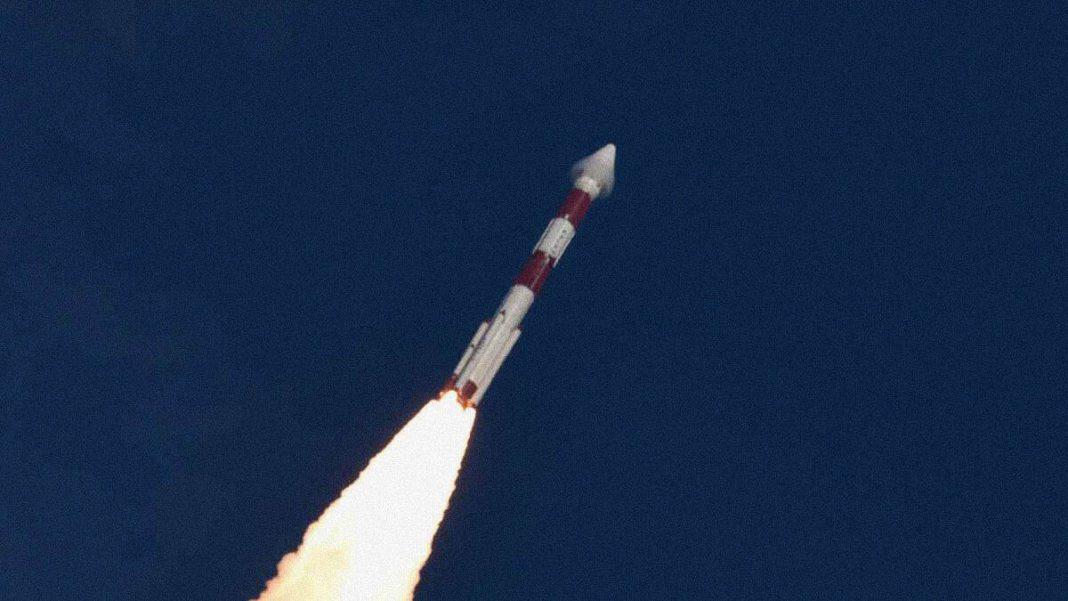INDIA: The Indian Space Research Organisation (ISRO) is set to launch its 55th mission using the Polar Satellite Launch Vehicle (PSLV) on April 22, 2023.
ISRO’s PSLV C-55 launch
The mission will carry the TeLEOS-2 satellite developed by ST Engineering, a Singaporean technology and engineering company. This report provides a detailed analysis of the PSLV C-55 mission and the significance of the TeLEOS-2 satellite.
TeLEOS-2 mission
The TeLEOS-2 satellite is an Earth Observation Satellite designed to capture satellite imagery in all-weather and round-the-clock conditions. The 750 kg satellite will be launched into a Low Earth Orbit and will provide high-resolution imagery for various applications such as disaster management, resource monitoring, and environmental monitoring.
The TeLEOS-2 satellite will enhance Singapore’s Earth Observation capabilities and will boost the country’s economy by providing valuable data to various sectors.
PSLV launch vehicle
The PSLV is a workhorse launch vehicle developed solely by ISRO. It is a versatile launch vehicle used to launch various satellites into different orbits. The PSLV C-55 mission will use the XL variant of the PSLV, which has six solid rocket strap-on motors to augment the thrust. The rocket can carry up to 1,750 kg of payload to a Sun-Synchronous Polar Orbit at an altitude of 600 km.
Previous Singaporean satellite launches
ISRO has a successful history of launching satellites for Singapore. In June 2022, the PSLVC-53 mission launched three Singaporean satellites, including the DS-EO satellite, NeuSAR, and Scoob-1.
The DS-EO satellite carried an Electro-Optic, multi-spectral payload with 0.5 m resolution imaging capability, while Scoob-1 was the first satellite in the Student Satellite Series (S3-I), a hands-on student training program from the Satellite Research Centre (SaRC) at Singapore’s NTU School of Electrical and Electronic Engineering.
Conclusion
The PSLV C-55 mission is an important milestone for ISRO as it marks the 55th successful mission of the PSLV launch vehicle. The mission also represents another successful collaboration between ISRO and Singapore.
The launch of the TeLEOS-2 satellite will enhance Singapore’s Earth Observation capabilities and provide valuable data for various applications. The mission demonstrates India’s capability to launch satellites for international customers and strengthens India’s position as a leader in space technology.
Also Read: NASA’s IXPE Satellite Produces Detailed Map of Magnetic Fields in Crab Nebula



